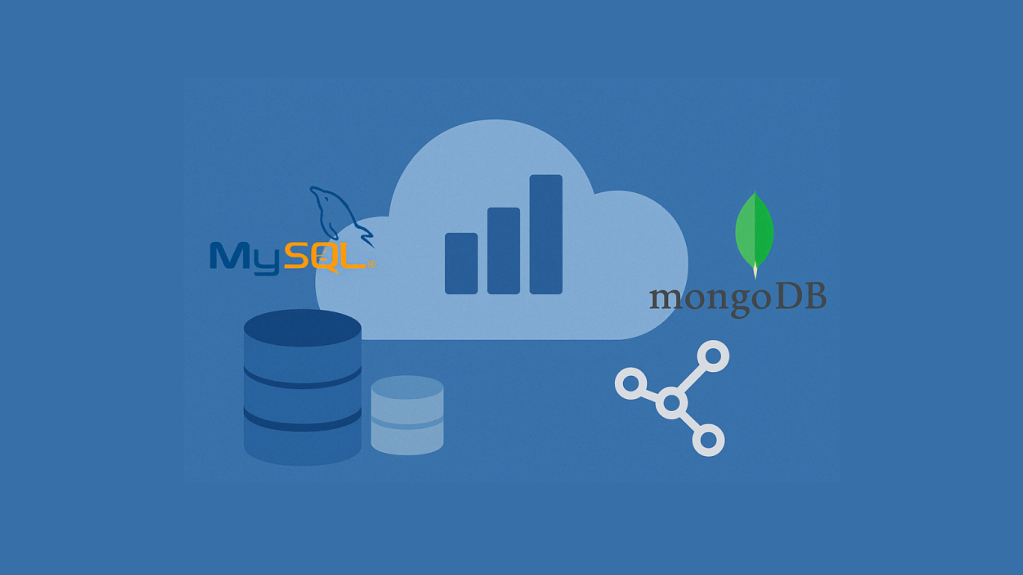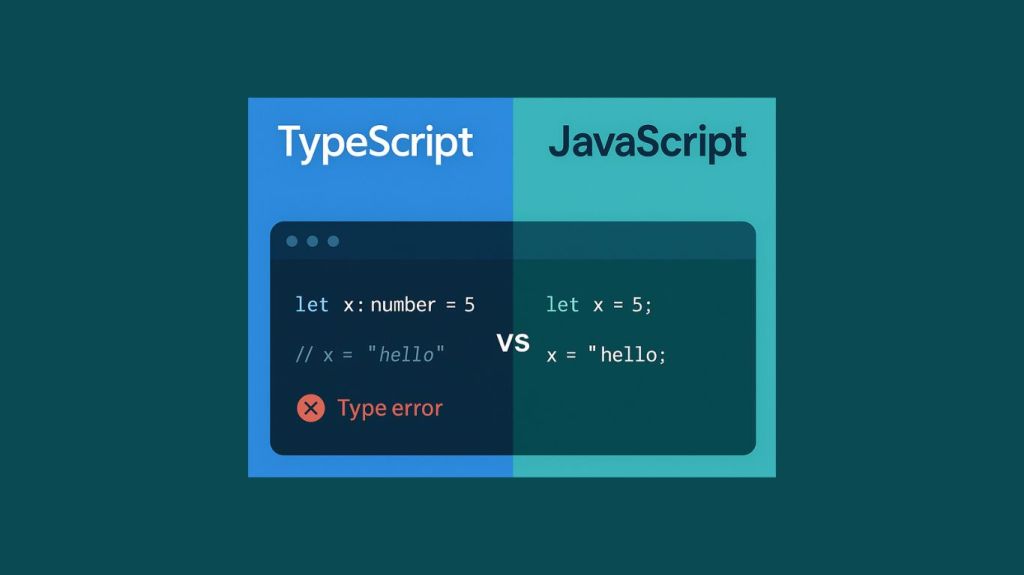Everything about healthcare is changing. The industry is shifting from a provider-focused system to one that centers around patients. Mandates to move to electronic records and communication are sometimes at odds with concerns about patient information and privacy. And disruptive technologies are forcing traditional providers to re-evaluate how they do business.
Meeting the changing and shifting demands of healthcare requires a new way of looking at software development that services the industry. It is no longer feasible to tackle behemoth development projects with timelines measured in years. A fast, more flexible, more collaborative approach is needed.
Luckily, the healthcare industry can adopt a methodology already proven in the enterprise successful – agile software development. The agile methodology has led to better software, faster, and with features that are more user-focused. These are just some of the benefits that agile software development in healthcare can offer.
Why Healthcare Software Development is Unique
Healthcare software development has all of the challenges of traditional enterprise software development, with the addition of several crucial and non-negotiable elements. These elements increase the complexity of software development for use in medical fields.
To develop healthcare software and systems that are beneficial, project teams must have a deep understanding of the technologies they are working with. Getting the most out of a solution, efficiently, is crucial.
Add on to this the fact that healthcare software development must also take into account regulations not required in other industries. HIPPA regulations and patient privacy requirements mean that role-based security for any software developed for healthcare must be thoroughly defined and tested.
The complexity involved when handling patient records doesn’t end with the development of a single application. Because so many systems are used in healthcare, any software developer needs to be able to interface, securely, with other user-facing software and integrate cleanly with backend systems.
And then we add in a variety of users. It is essential that healthcare software development not only meets the needs of its diverse users but also be user-friendly. Most software has only a small potential set of user types. But healthcare software design is required to take into account doctors, nurses, other medical staff, and even patients, all of whom have differing levels of technical expertise and experience.
The Benefits of Agile Software Development for Healthcare
Yet it is these challenges that make the agile development methodology a perfect fit for healthcare software. Agile was intended to allow for rapid development of software that is user-centric and robust.
Agile Accommodates Rapid Changes in Healthcare Software Requirements
As healthcare providers found out with the instatement of American Recovery and Reinvestment Act, the requirements around the use of electronic medical records can change quickly. The same is true as healthcare software tries to keep up with new advancements in the field.
This is one of the areas in which agile development shines. With agile, healthcare software is developed iteratively. This means that instead of developing one large set of requirements, smaller, frequent releases with fewer requirements assigned to each are used.
The benefit of agile for healthcare software development, in particular, is that different features can be re-prioritized, or even introduced as development is ongoing. These changes don’t require complete refactoring of software development schedules to accommodate new or shifting priorities. Agile software development for healthcare adapts to the rapid and changing needs of the industry and the organization.
Agile Software Development is Collaborative
There are many different groups who should be involved with the development of software used in the healthcare industry. To create user-centric software, healthcare development engineers need to include input from a variety of sources, including doctors, nurses, patients, medical technicians, and even hospital administrators.
Agile development takes these voices into consideration as part of the process. As healthcare software teams work to iteratively develop new functionality, regular check-ins are made with stakeholders to ensure that the right functionality and interfaces are being developed.
The structure of the agile development team also lends itself to including the views of healthcare professionals and end users. A permanent role on all agile teams is the product owner. Their job is to view the software, as it’s being planned for and developed, from the viewpoint of the business and the user. This results in agile being an asset for healthcare development teams, as software engineers rarely have the inside track on what a doctor or nurse would find to be a critical piece of functionality.
Agile Development Addresses Healthcare Software Risks
It’s no secret that healthcare software has some very important requirements built into the development cycle. Security and privacy are just the tip of the iceberg. Healthcare software also houses the medical information of individuals. It must be accurate with minimal if any, flaws.
Traditionally developed software projects list out potential risks upfront, and add into the requirements and schedule strategies and time to deal with those risks. But perceived issues at the beginning of a project sometimes don’t materialize. Much worse, however, is when unforeseen risks arise while the project is in process.
This is an area where, once again, healthcare software development benefits greatly from the iterative development cycles of agile. Both assumed and unforeseen risks can be handled quickly. And because agile iterations are smaller than traditional development cycles, risks are minimized and manageable as part of each iteration.
Agile Developed Software Results in Higher Quality Products
The further into the development process that issues are found, the harder and more costly they are to fix. Finding problems with quality early on makes them easier, and cheaper, to fix.
Early iterations of healthcare software development using agile will likely add in critical functions near the beginning of the process. This results in these important pieces of functionality being tested over and over as iterations of the software are developed. Thanks to this, new functionality that breaks previously developed features can be quickly found and addressed, instead of waiting until a large software release is in acceptance testing to discover a problem.
When developing software for the healthcare industry, it’s important that the product be robust, error-free, user-friendly, and meet all of the requirements and regulations that are specific to medical software. The principals of agile address these challenge areas of healthcare software development as part of its proven methodology.



